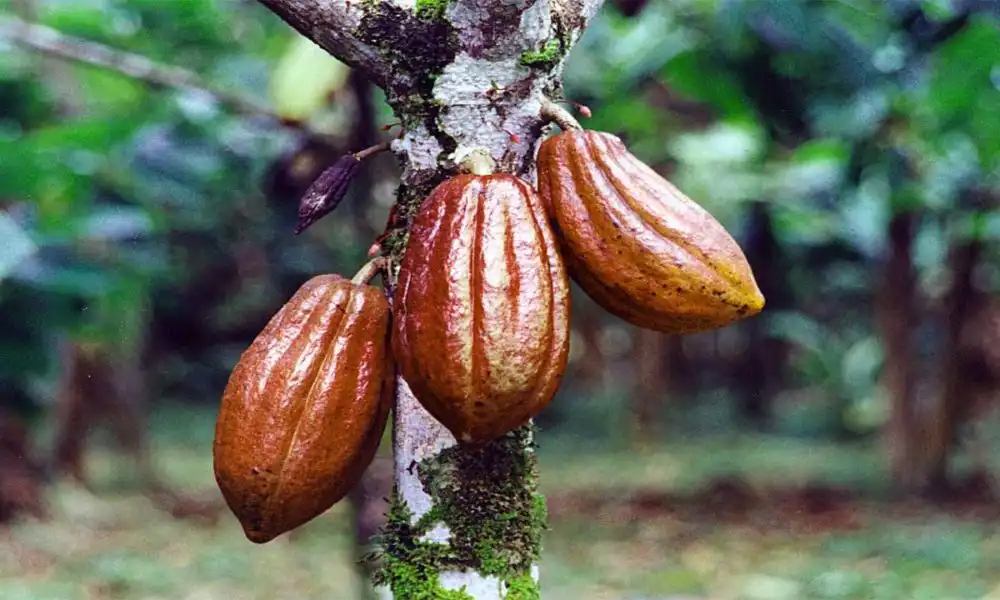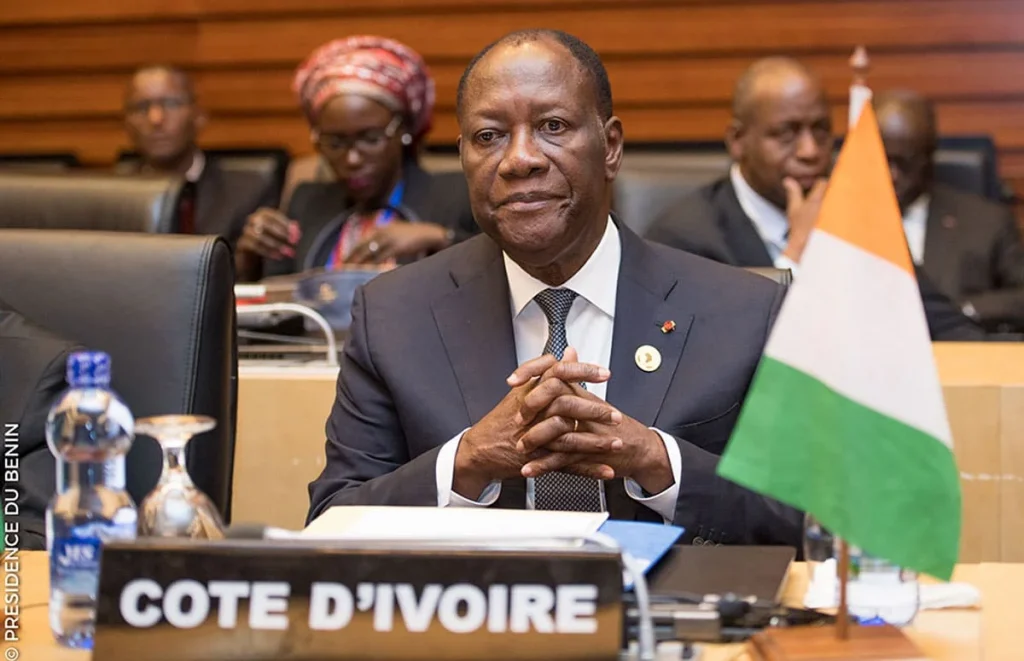West African cocoa production is projected to decline by 10% in the 2025/26 season, extending a trend of two consecutive below-average harvests, according to industry sources.
Despite marginally improved weather, Ivory Coast, Ghana, Nigeria, and Cameroon—accounting for over two-thirds of global cocoa output—are grappling with shifting weather patterns, ageing trees, disease, and small-scale gold mining, threatening the region’s cocoa supply.
Assessment and Forecast
Pod counters from cocoa exporters and trading houses are conducting field assessments ahead of the October season start, revising earlier May-June predictions of a 5% increase to a 10% drop.
A pod counter in Ivory Coast noted, “Despite the rains, the mortality rate of flowers and cherelles (small pods), which determines the next main crop, was high in June, exceeding our forecasts.”
Initial field studies indicate a clear downward trend, with a full assessment expected by late August or early September.
Challenges Facing Production
Ivory Coast’s output has fallen from over 2 million tons five years ago to 1.6 million tons this season, while Ghana’s production has plummeted from over 1 million tons to under 500,000 tons.
Despite Ghana’s cocoa regulator forecasting a rebound to 600,000 tons, the International Cocoa Organization estimates a lower figure.
Pod counters report flower and cherelle mortality rates in Ivory Coast are 15-20% above May forecasts, expected to persist through July.
A Ghana-based counter expressed skepticism about a quick recovery, citing “too many problems in the sector” including disease and gold mining impacts.
Economic Implications
The recent below-average harvests drove record global cocoa prices last year, though prices have since moderated.
The ongoing decline could reignite price volatility, affecting chocolate markets and livelihoods dependent on cocoa.
The region’s struggles with ageing trees and environmental pressures suggest deeper structural issues beyond weather alone.
Looking Ahead
As assessments continue, the 10% decline forecast underscores the urgent need for sustainable farming solutions.
Stakeholders may need to address gold mining encroachment and invest in tree renewal to stabilize production, though challenges remain significant for the 2025/26 season.























